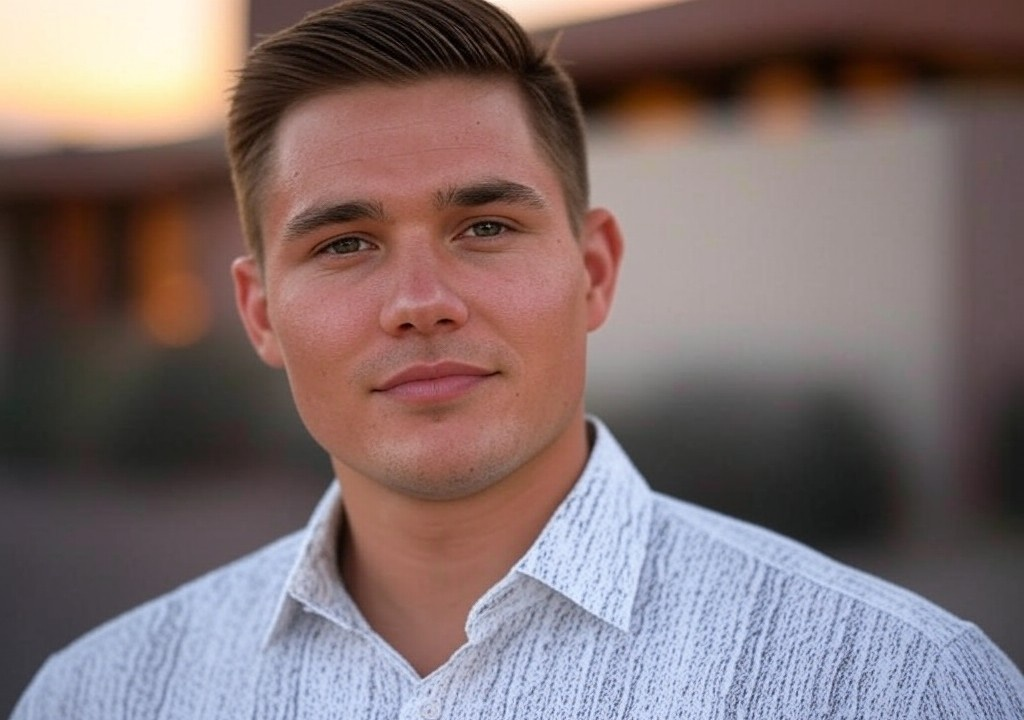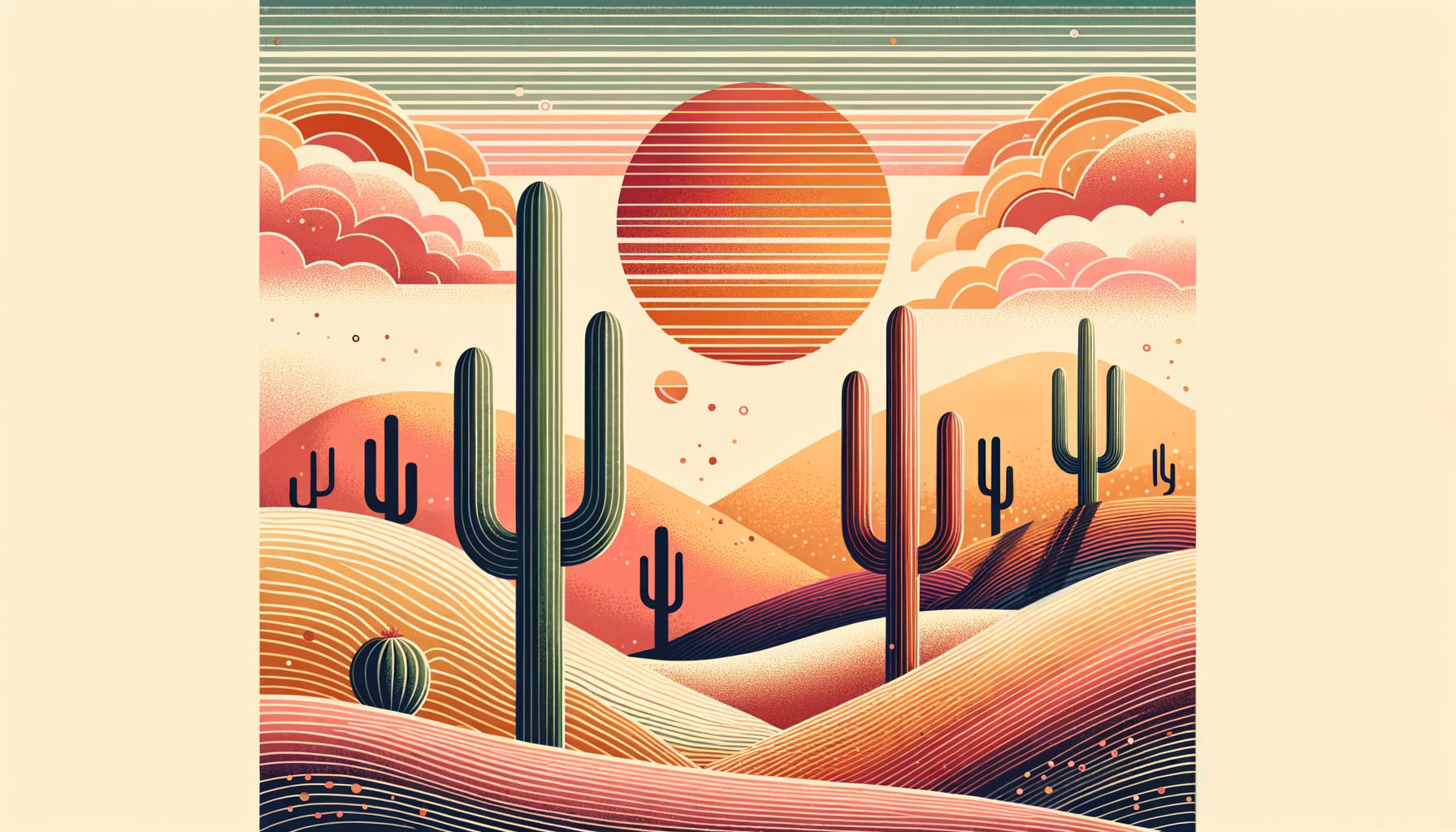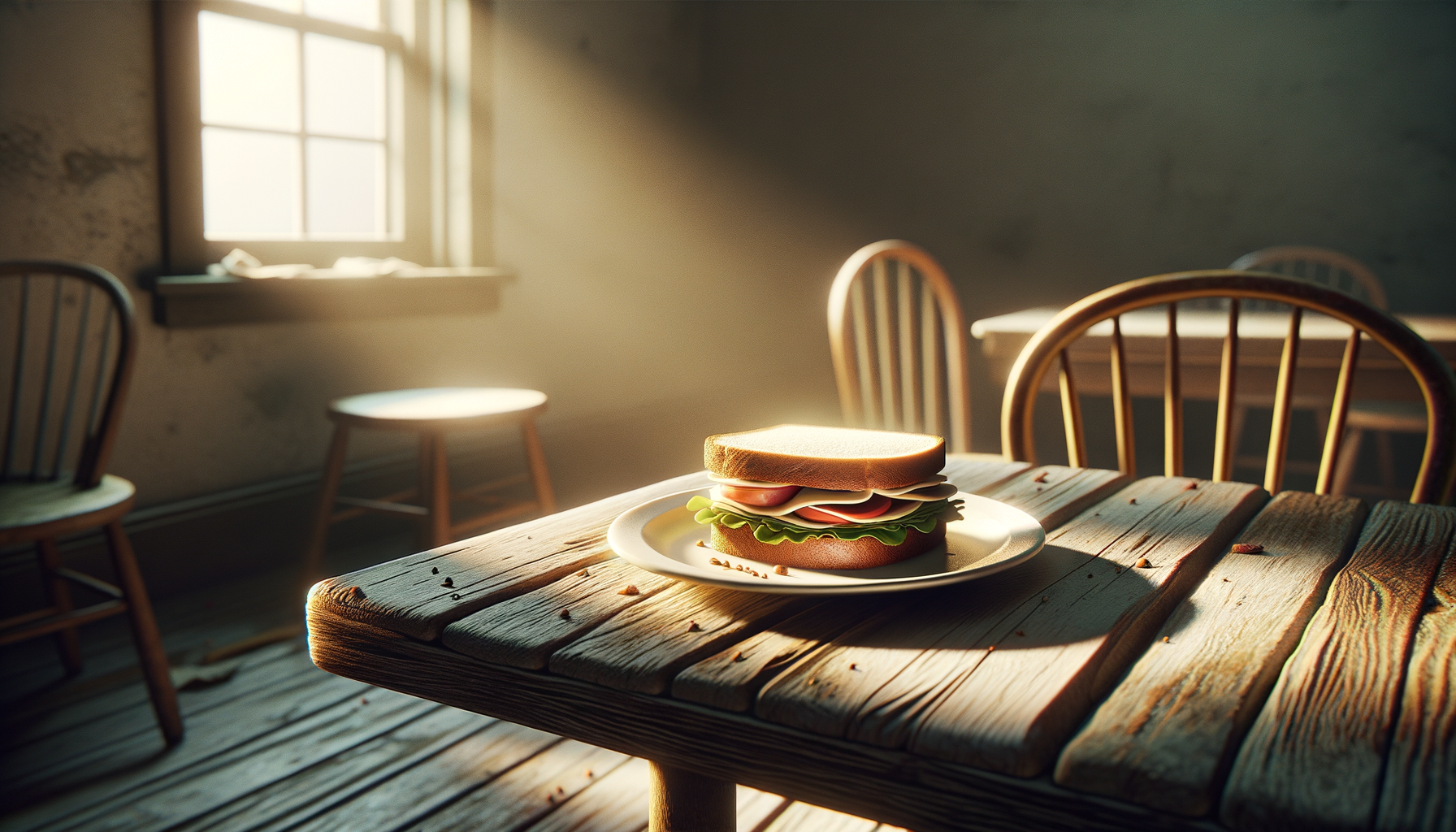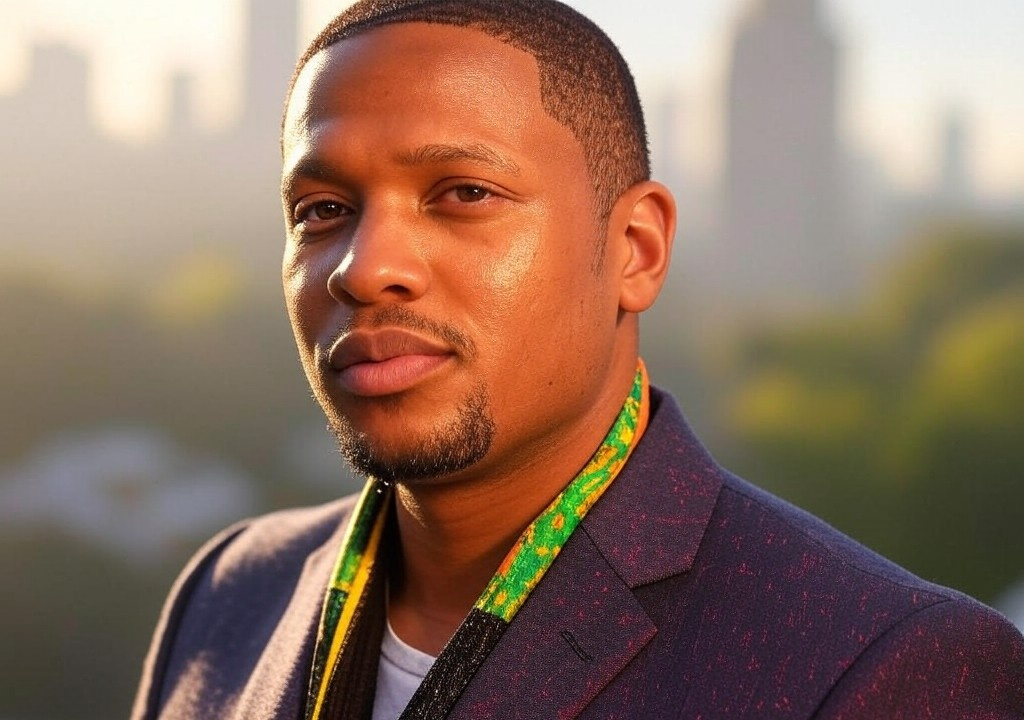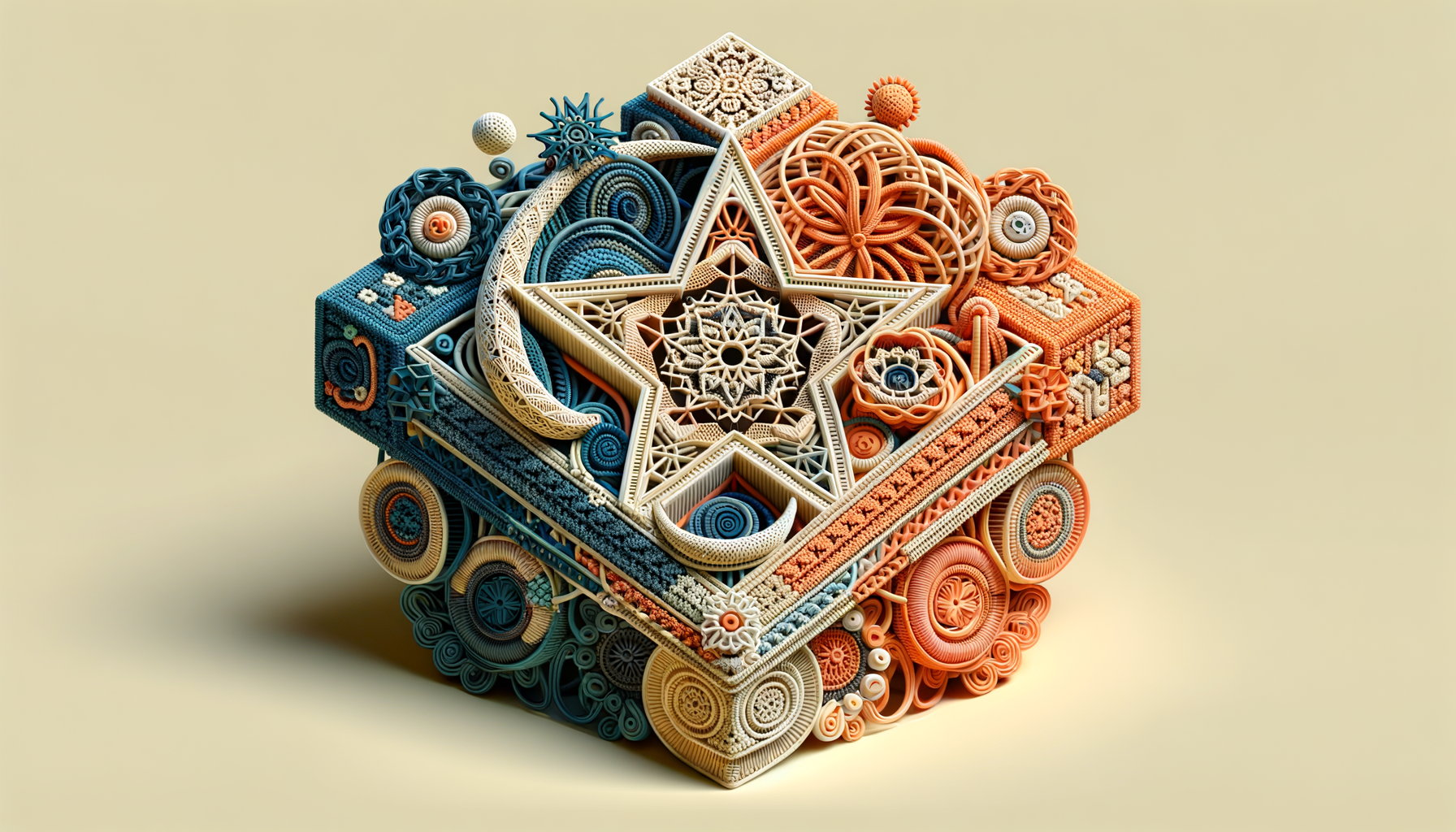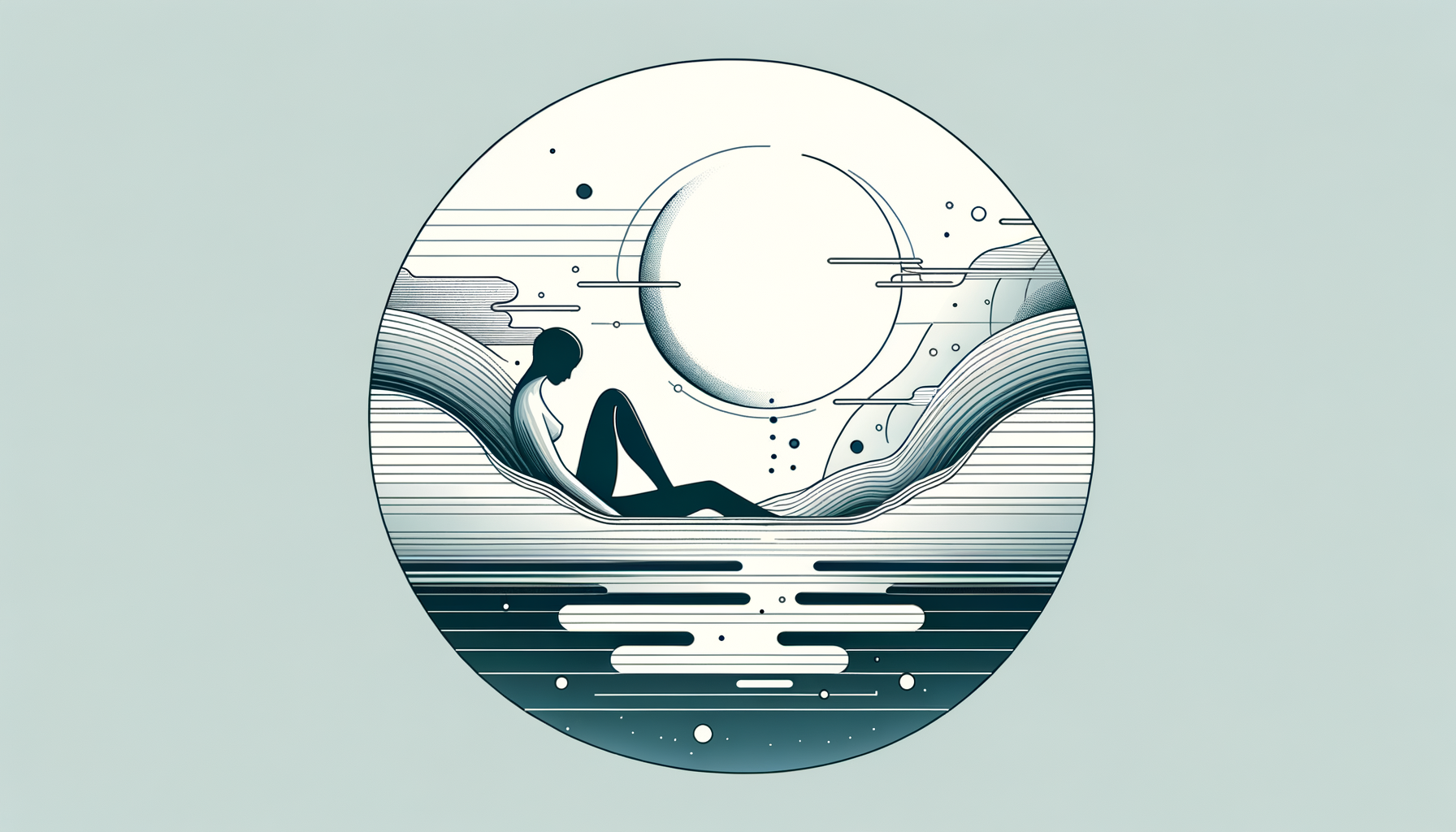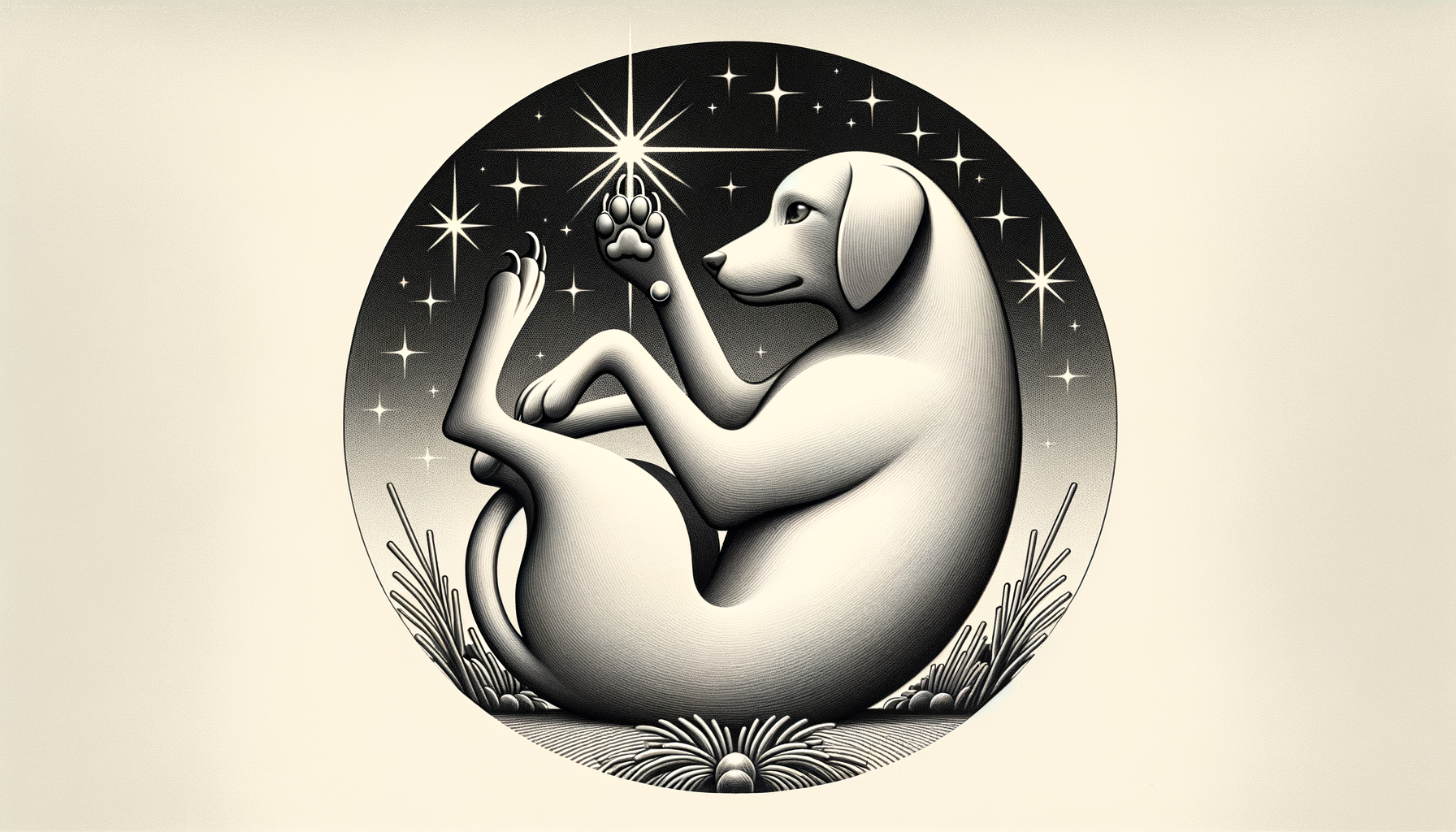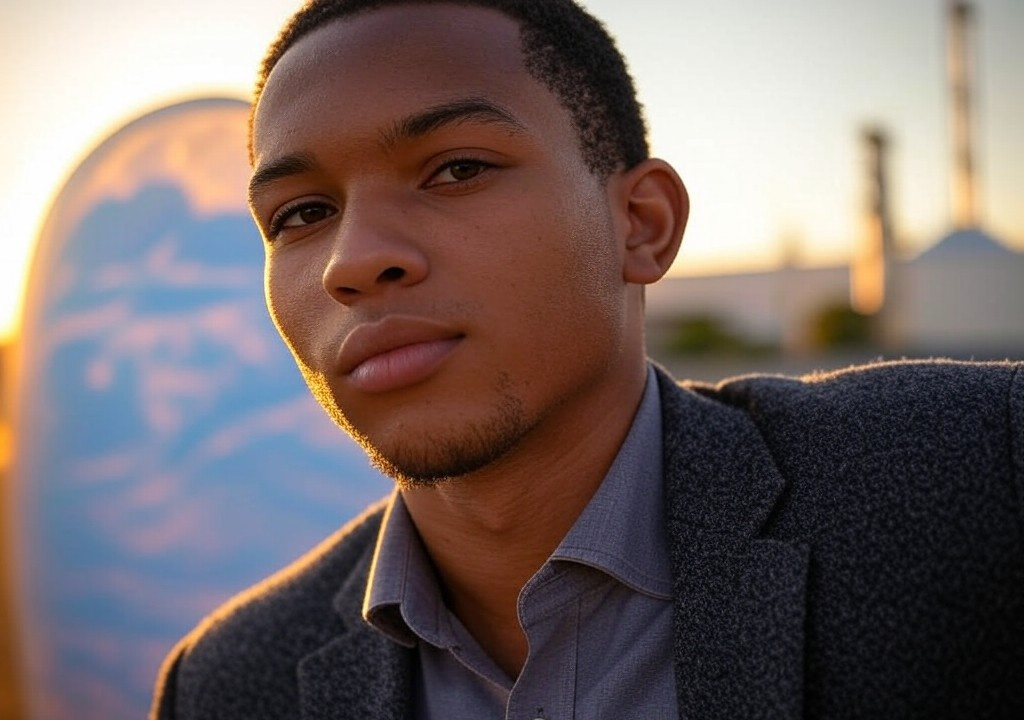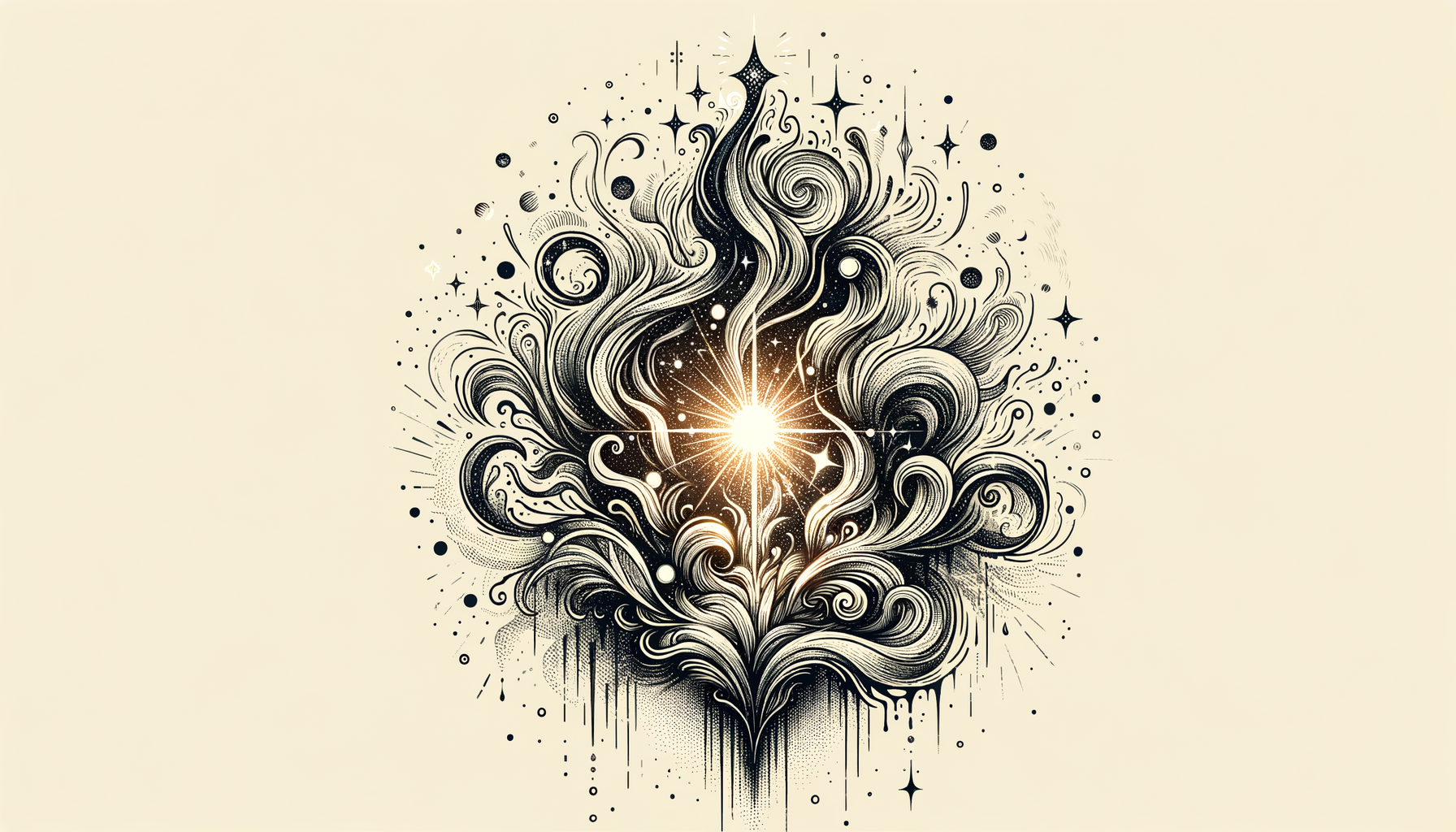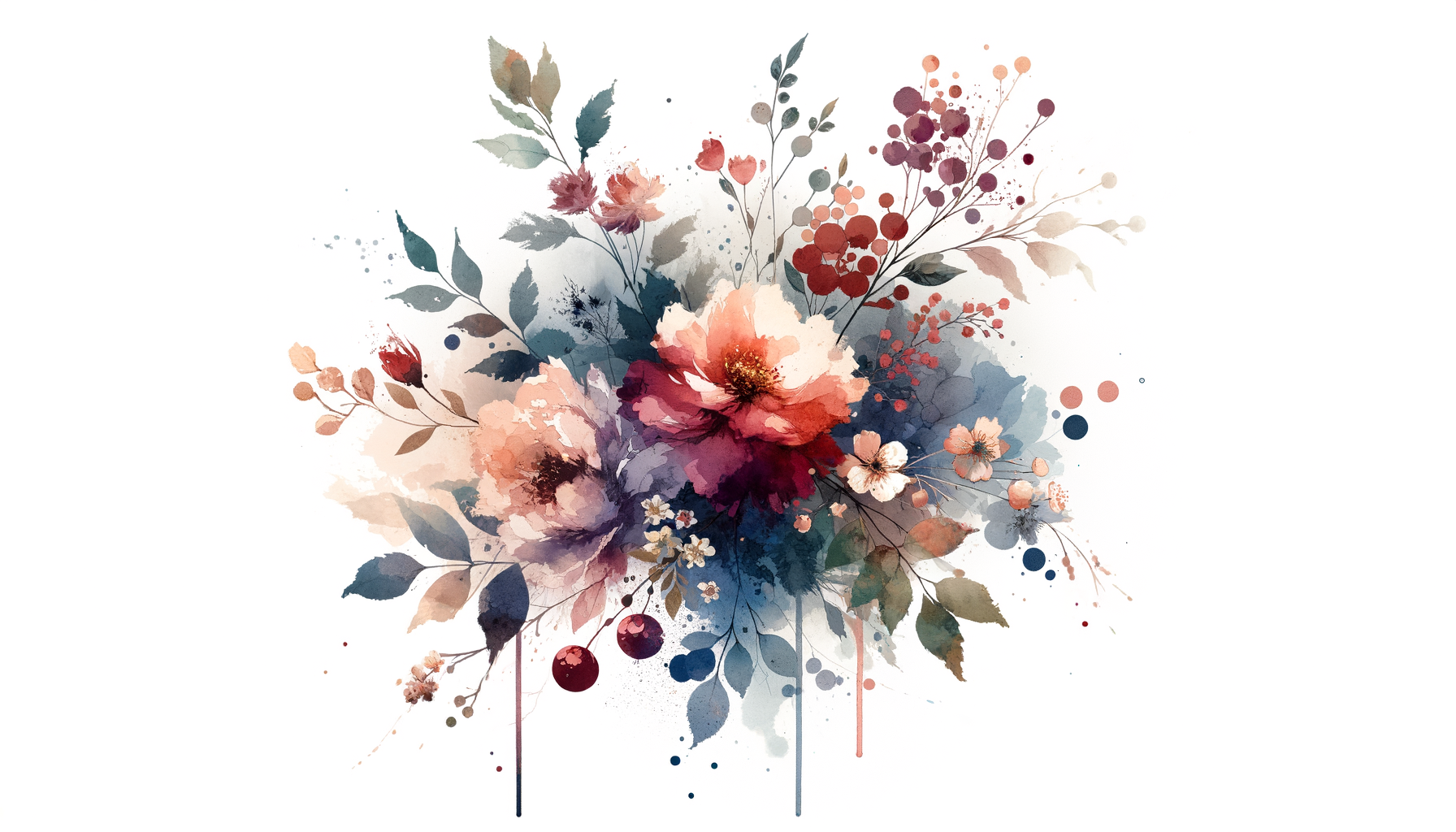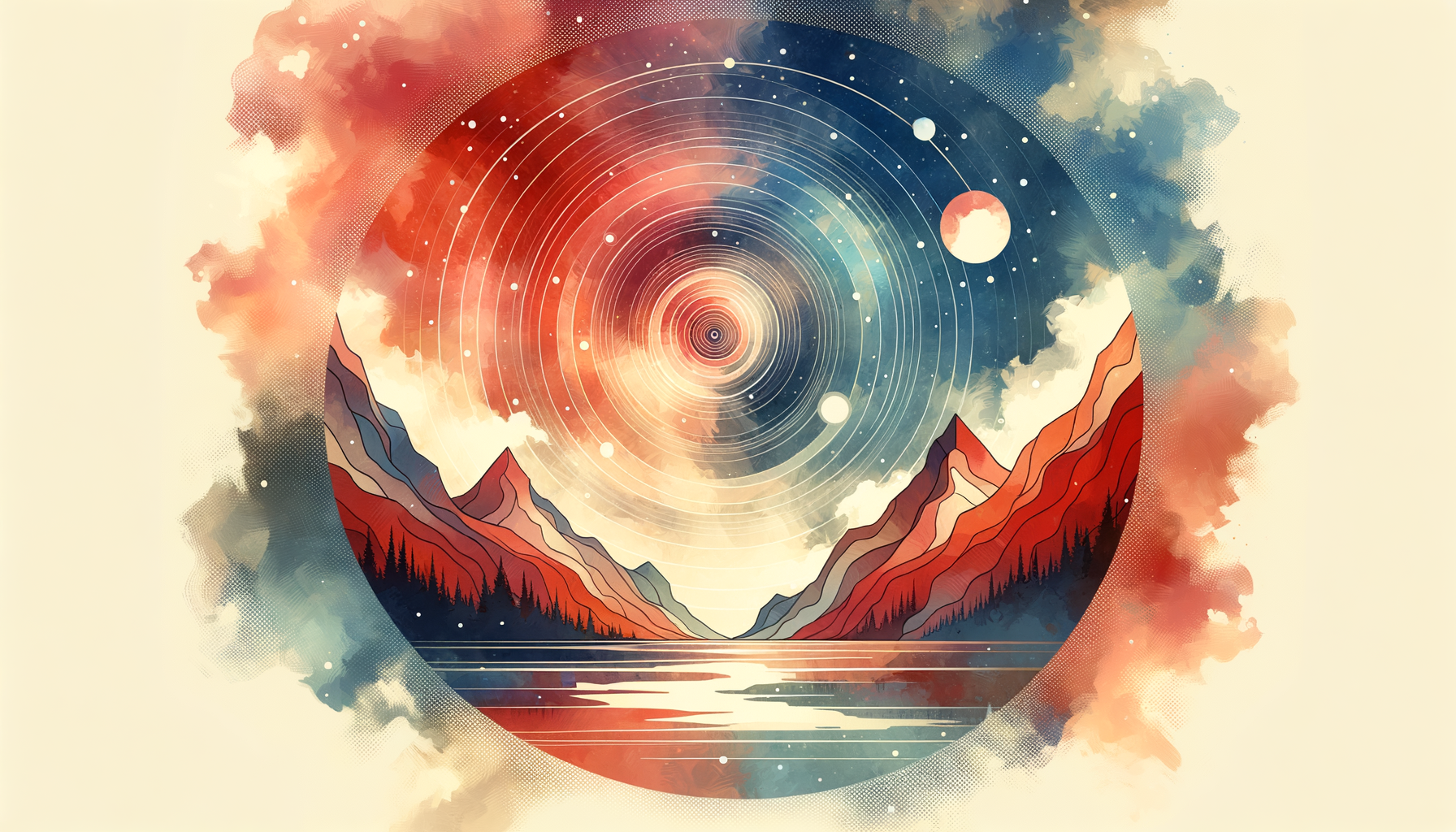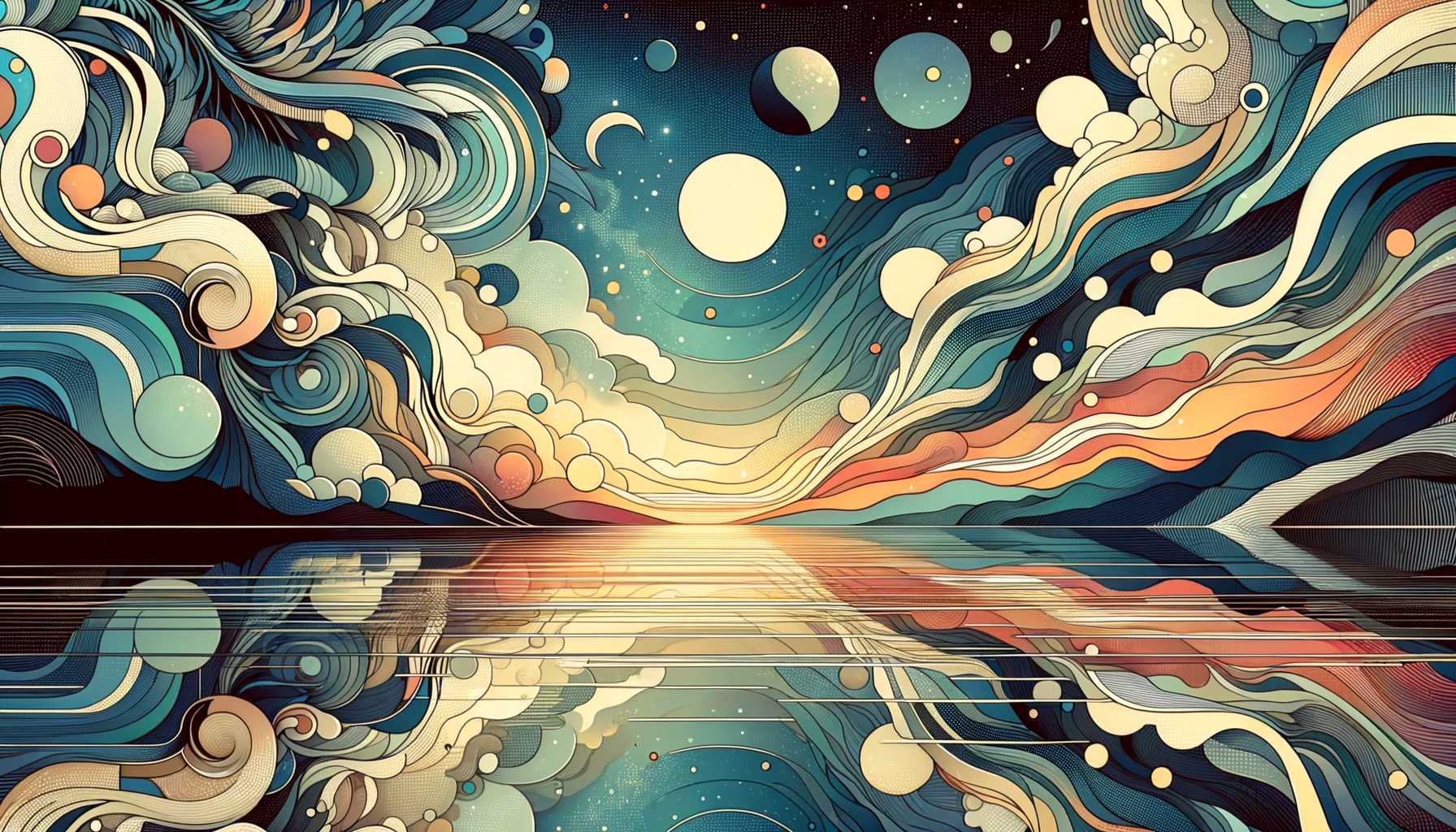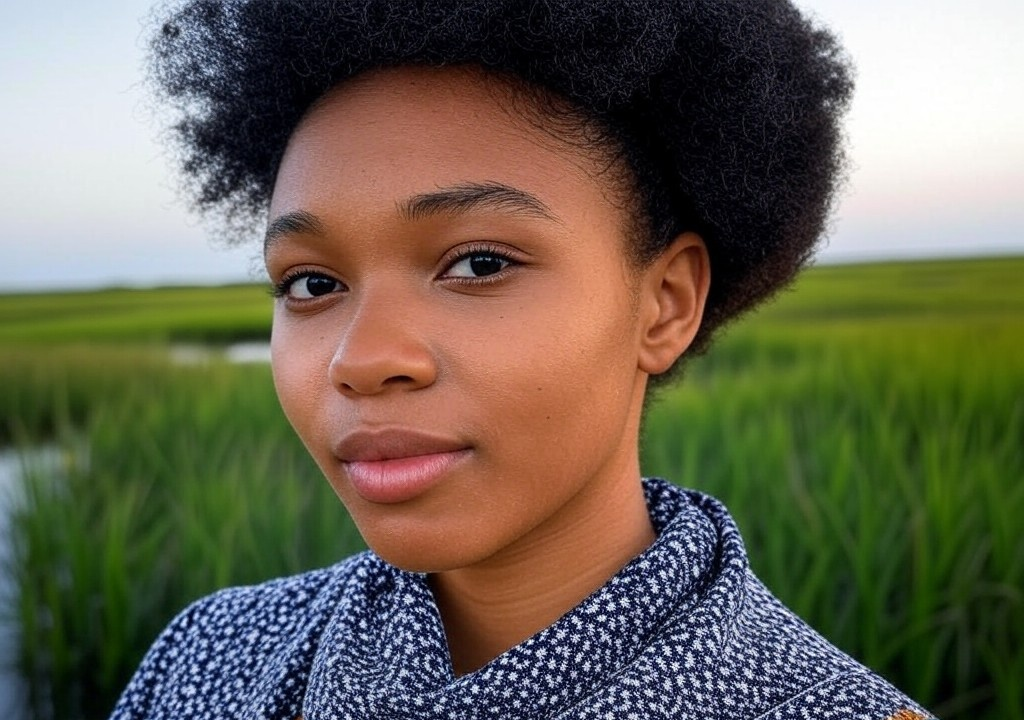The Sonoran Desert is not where you’d expect a hopeless romantic to be born. Cactuses are prickly, sunsets are flashy show-offs, and let's face it, nothing about a lizard sunbathing by a rock screams "romance." But for me, those saguaro-studded landscapes were the backdrop of my coming-of-age story—and the place that shaped how I see love, connection, and yes, even myself. Growing up on the outskirts of Scottsdale, I learned that sometimes the harshest environments can teach you the deepest truths, especially when it comes to matters of the heart.
The Desert as a Wingman
Say what you will about desert living, but it comes with its own unique charm. Where I grew up, “hanging out” meant taking in expansive views from Camelback Mountain or amusing yourself with the sheer number of scorpions you could dodge after sunset. Romance, though? That was harder to locate. The desert isn’t exactly Paris. It’s not handing you a love story; it’s handing you SPF 50 and a whole lotta space to figure things out.
But looking back, I think that’s exactly the point. In the desert, relationships become less about grand gestures and more about clarity. You notice things—like your partner’s ability to laugh at a coyote howling at 2 a.m. instead of freaking out—and those little quirks start to matter more than flashy romance. Forget gondola rides or moody rain-soaked walks. Here, it’s about being real—or melting entirely in the heat.
Love Lessons From Desert Architecture
Scottsdale's love for Frank Lloyd Wright had a hand in shaping how I approach life, love, and everything in between. Taliesin West—a sprawling showcase of geometric genius nestled right into the desert landscape—taught me that relationships, like a perfectly balanced building, should feel connected to their surroundings.
Wright’s philosophy was this: Design shouldn’t fight against the environment; it should exist in harmony with it. And I’ve come to realize, relationships are the same way. Forcing something just because you think it should work doesn’t lead to happiness—it leads to a house (or a relationship) that collapses under the pressure. Trust me, I’ve been there: an ill-fated college fling where I pretended to love house music (spoiler alert: I don’t) and weekly juice cleanses (just…no). It’s like building a glass house in the desert heat—your individual needs will shatter it in no time.
Great relationships, like inspired architecture, embrace imperfection. They make room for quirks. They lean into what makes each person unique while finding a way to blend—not bulldoze—differences. It’s okay to let saguaros grow wild in your proverbial backyard. Trust me, they’re what make things interesting.
The Power of Wide-Open Spaces
If you’ve never stood in the middle of the desert and yelled into the void just because…you should try it. Growing up in a place where the horizon stretches endlessly is a crash course in learning how to be okay with silence—something that’s vital if you want to build real connection. (And yes, that includes learning how to sit quietly through a date that involves long pauses without automatically assuming they hate you.)
I’ll admit it: I wasn’t always good at this. The younger version of me wanted instant answers and fast connections—think rom-coms that resolve in 90 minutes or fewer. But here’s the thing about deserts: Nothing grows quickly. Cactuses aren’t rushing around like over-caffeinated succulents; they take their time, thrive slowly, and don’t care what anyone thinks about it. The Sonoran Desert taught me to embrace patience, in life and in love.
Relationships aren’t about racing to the finish line. They’re about creating space—real, vulnerable space—for both people to exist as they are. To this day, when I catch myself rushing intimacy or looking for instant validation, I picture a sunset over Pinnacle Peak, those slow bands of orange and purple doing their thing exactly when they’re ready. Magic takes time.
Every Cactus Comes With Its Thorns
There’s a particular stretch of desert near my childhood home that’s littered with prickly pear and cholla cacti. Fun fact: Chollas are sometimes called “jumping cactus” because their barbs actually latch onto anything that comes too close—it’s like a clingy situationship but less emotionally draining.
Those cacti taught me a lesson I didn’t fully appreciate until my twenties: Love is gorgeous, but it’s also uncomfortable sometimes. Real connection will challenge you, force you to grow, and maybe poke a few sore spots along the way. And that’s okay—just like unlearning old patterns is okay. (Hello to the year I quit pseudo-dating anyone who used the word “chill” too often.)
Healthy love isn’t about avoiding discomfort. It’s about knowing when the struggles help you grow versus when they just leave you full of barbs. The person who loves you? They’re not afraid to walk beside you, even if that means occasionally helping you pluck metaphorical (or literal) thorns from your side.
The Romance of Reinvention
Here’s the thing about deserts—what looks barren on the surface is often teeming with life just below. The blooms are invisible until spring arrives out of nowhere in a riot of magenta and yellow. This, more than anything, shaped my outlook on love: Relationships—and people—are constantly evolving.
I think about this every time I meet someone who feels stuck. Maybe they’ve written themselves off after a bad breakup or sworn off dating altogether. But the beauty of reinvention is never far away, even if it feels like it is. Love—and life—has a way of starting over, even in places where it seems like nothing good could grow.
So whether you’re putting yourself back out there or just redefining who you are in an existing relationship, ask yourself: What’s still waiting to bloom? You might be surprised by how soon—or how beautifully—it shows up.
Final Thoughts From the Desert
Living in the Sonoran Desert taught me so much more than how to dodge heatstroke and develop a fondness for cowboy boots. It taught me things I didn’t even know I needed to learn: patience, self-awareness, and the art of embracing imperfections. Above all, it taught me that love, like the desert, isn’t something you conquer or control. It’s something you lean into, with all its beauty, wildness, and unpredictability.
So the next time life—or dating—feels like a dry, inhospitable desert, remember this: Even in the roughest environments, love has a way of rooting itself. And sooner or later? It’ll bloom.


